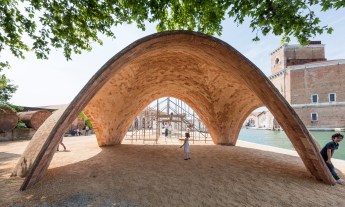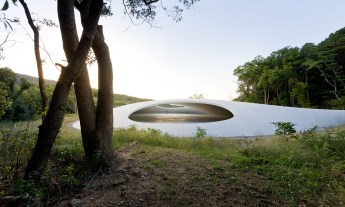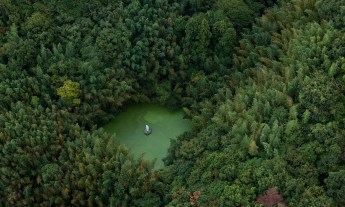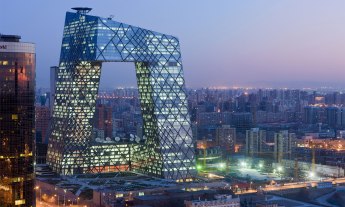Iwan Baan is not as interested in what architects build as he is in the beautiful ways that people appropriate the spaces once the planners are gone. In his TED Talk, Baan — whose breathtaking image of lower Manhattan after Hurricane Sandy hangs on at least one of our walls — shows incredible images from communities thriving in ways that seem quite opposite to the uniformity of suburbs. First, Baan takes us to Chandigarh, India, where people inhabit buildings created by modernist architects Le Corbusier in very different ways than expected. Then, Baan takes us to Caracas, Venezuela, where an abandoned 45-story building has become a miniature city. From there, Baan takes us to a Nigerian slum built on water, to a community in Cairo thriving amid recycling heaps, and to an underground village in China.
Baan’s talk will have you marveling at human ingenuity. In it, the photographer shows 154 images. Since they appear rapid-fire, Baan has selected some to share here, where you can take your time and appreciate the details.
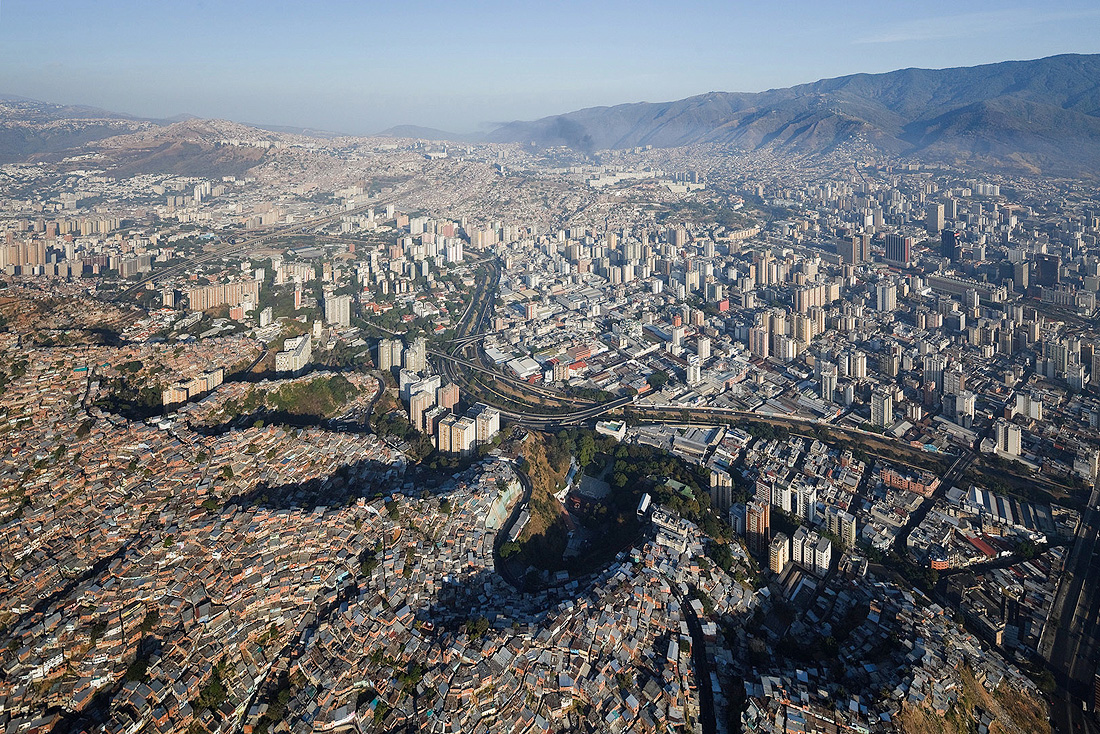
See the homes of 70% of Caracas’ residents
In Caracas, the capital of Venezuela, nearly seventy percent of the population lives in slums that seem to drape over every corner of the city.
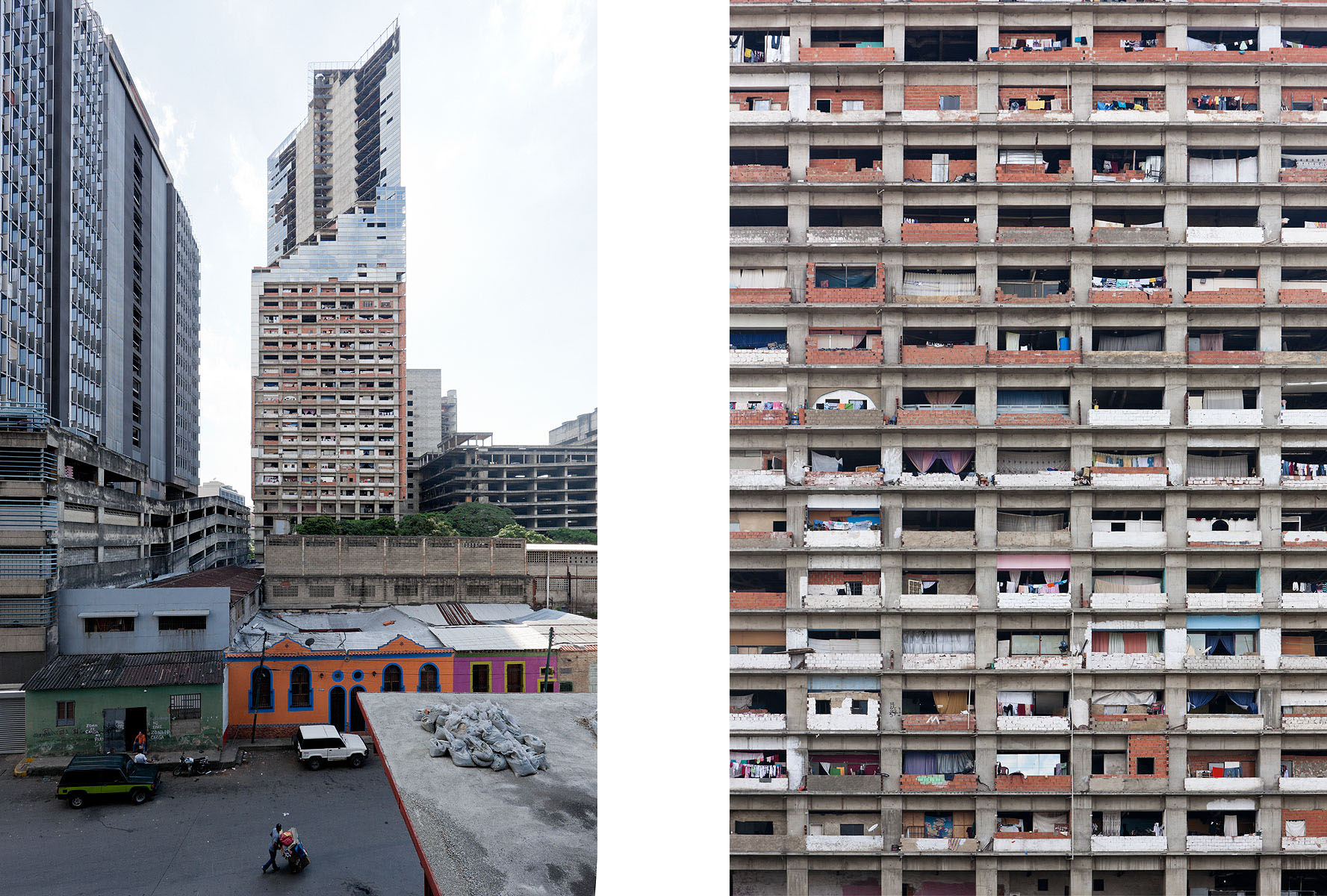
Welcome to the world’s largest vertical slum
In the centre of the city is the Torre David, a forty-five story unfinished office tower that was in the midst of construction until the developer died in 1993, and the crash of the Venezuelan economy the following year. About eight years ago, people started moving in to the abandoned construction site, and today it is considered the world’s largest vertical slum.
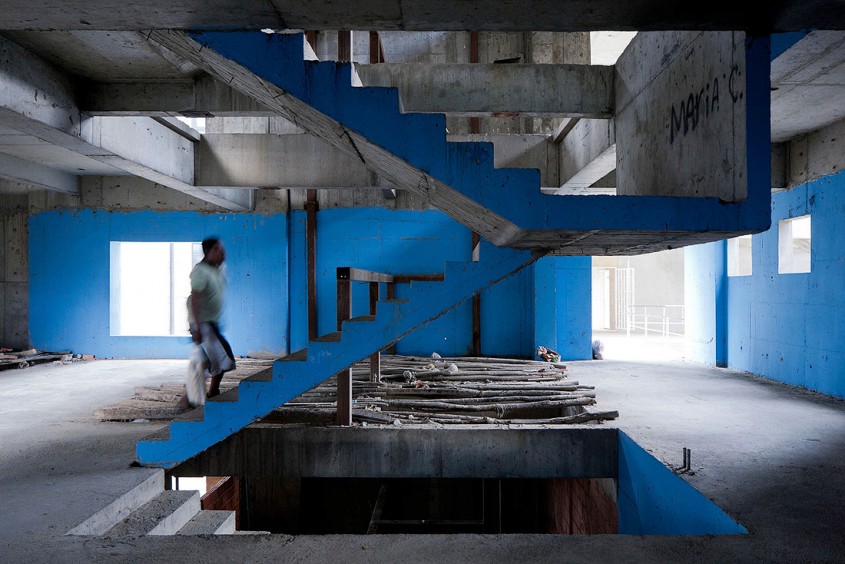
The forty-five-story walk up
With no lifts or escalators, the tower is essentially a forty-five-story walk up. You’ll find seniors or those less physically-abled on the lower floors, and the young and healthy near the top. Public spaces like this stairwell are painted with care in order to make the tower feel more like an apartment building.
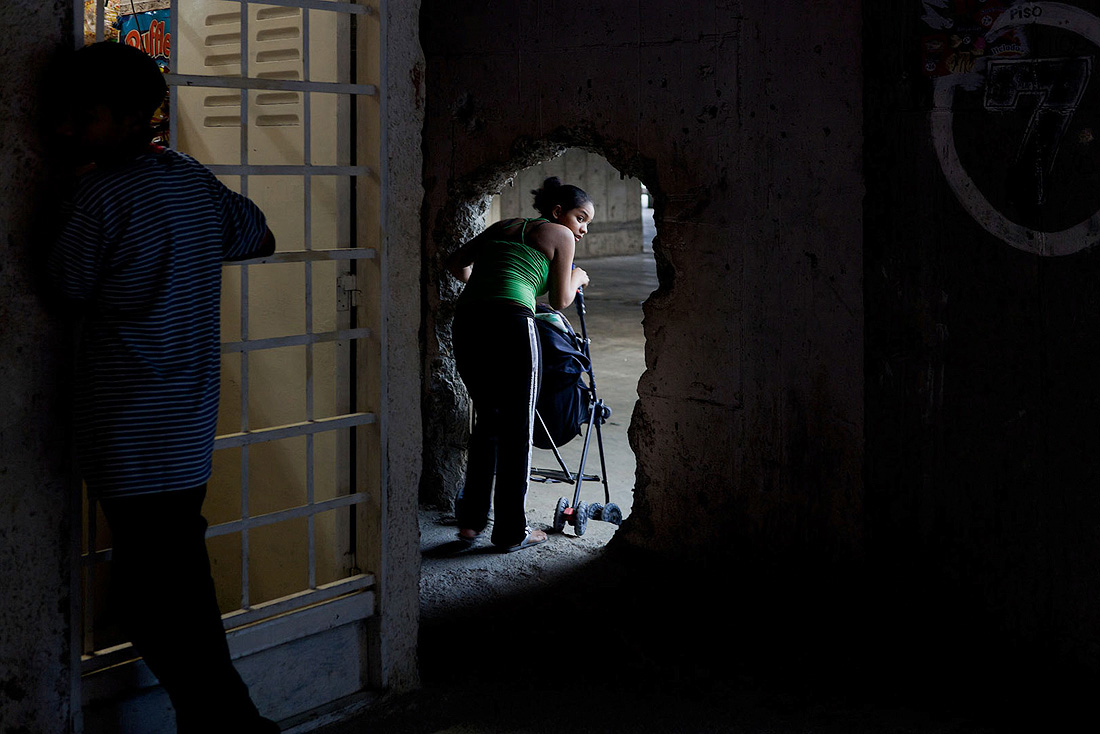
The hole in the wall. Or, how to build airflow into a tower
With the average temperature in Caracas reaching twenty-eight degrees, the inhabitants needed to find ways to induce airflow, and this also serves as a circulation system to help inhabitants better navigate the building.
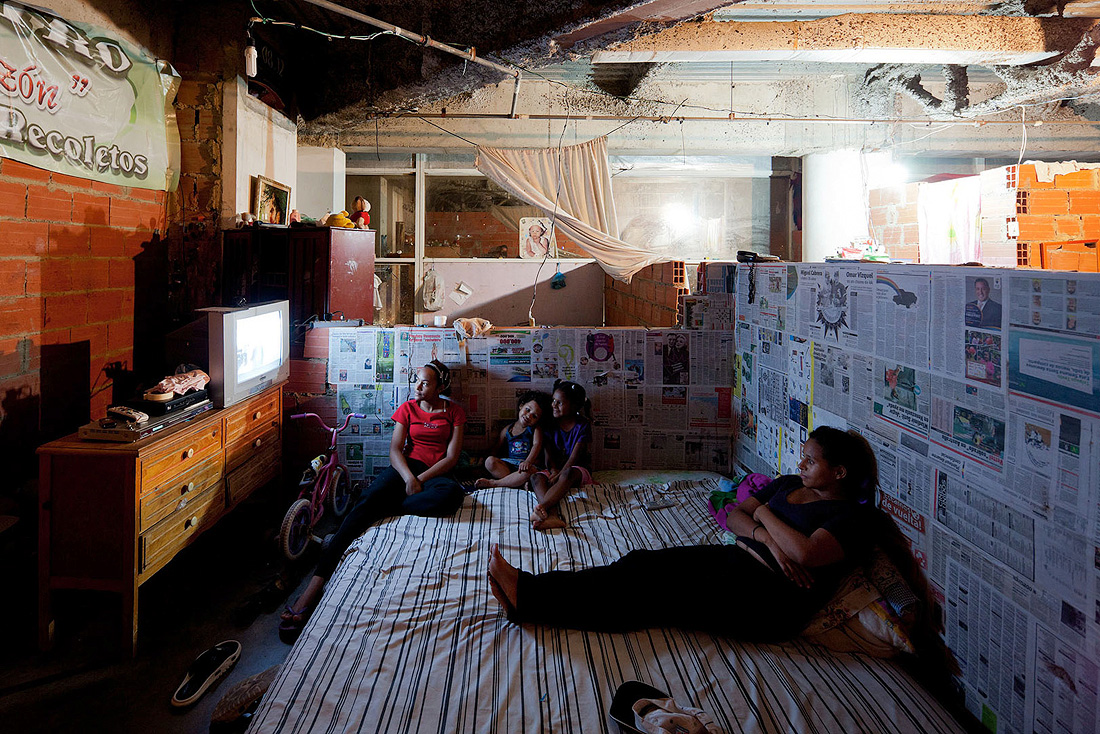
It’s humble but it’s home
In an exercise of ingenuity, inhabitants like this family typically mark their space with whatever materials they can find or purchase. Here, newspaper becomes wallpaper.

Decorated with care
Every home in the tower is designed with love and passion – at least up until as far as one can reach.
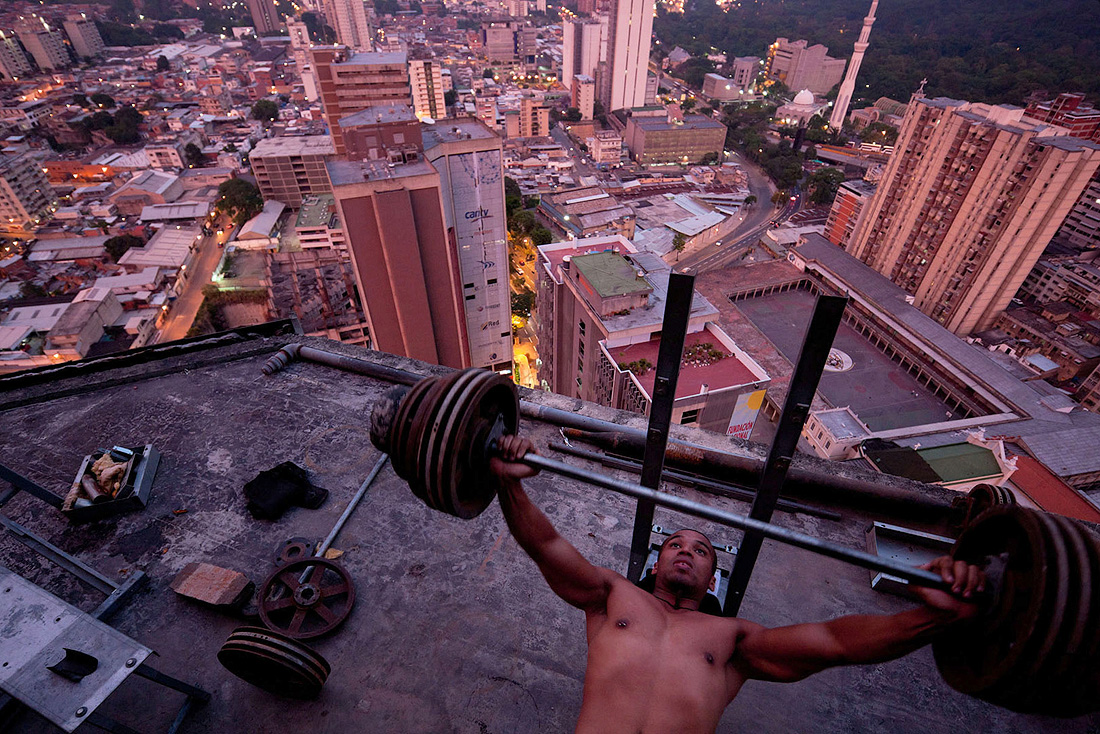
A town in a tower
The tower functions on an entire system of micro-economies, and on each floor, you’ll find a collection of shops and services. You’ll find the church, the grocery store as well as the gym on the thirtieth floor, where all of the weights are made from the unused elevator equipment.
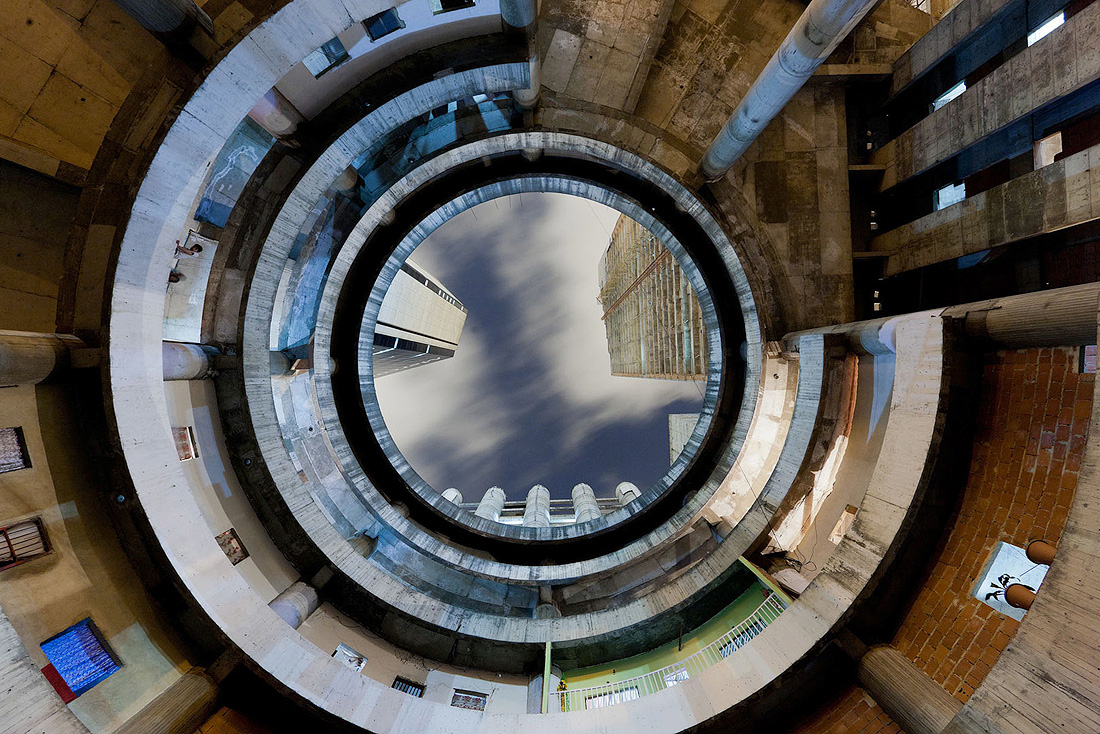
A space for creativity
Like a beehive, the tower provides a skeleton framework for each inhabitant to create something for himself or herself by whatever means they can afford.
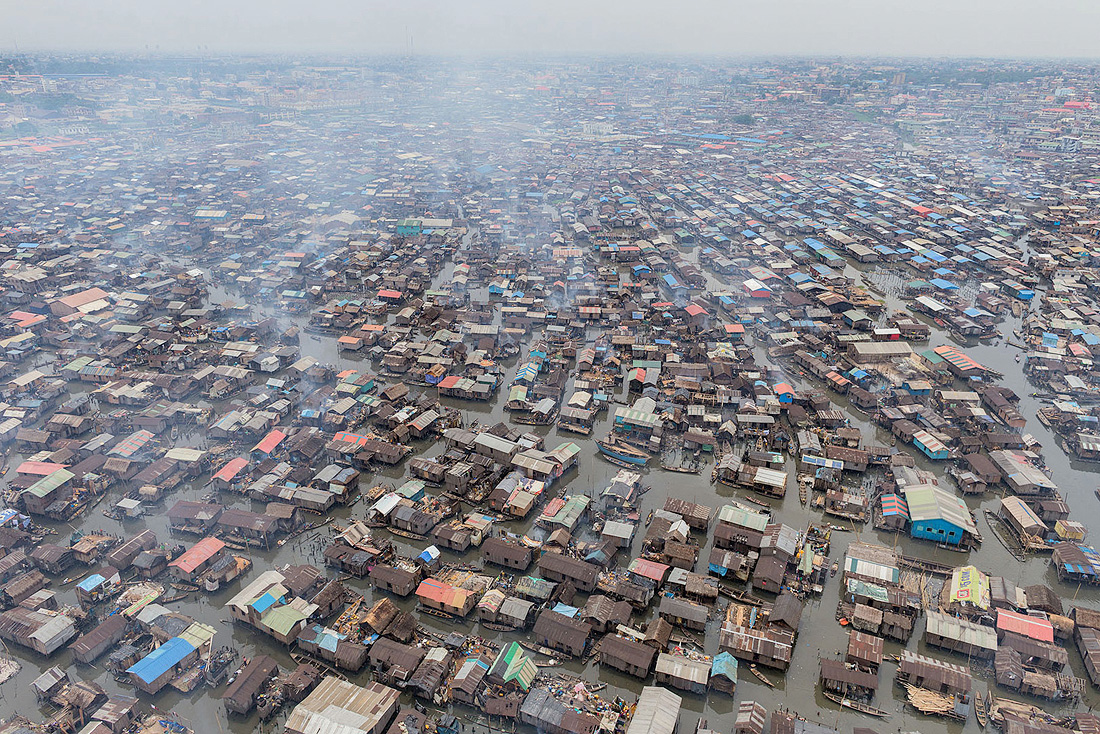
A community built on a lagoon
In the centre of Lagos is Makoko – a community of approximately one hundred and fifty thousand who live and work on stilted structures, just meters above the Lagos Lagoon.
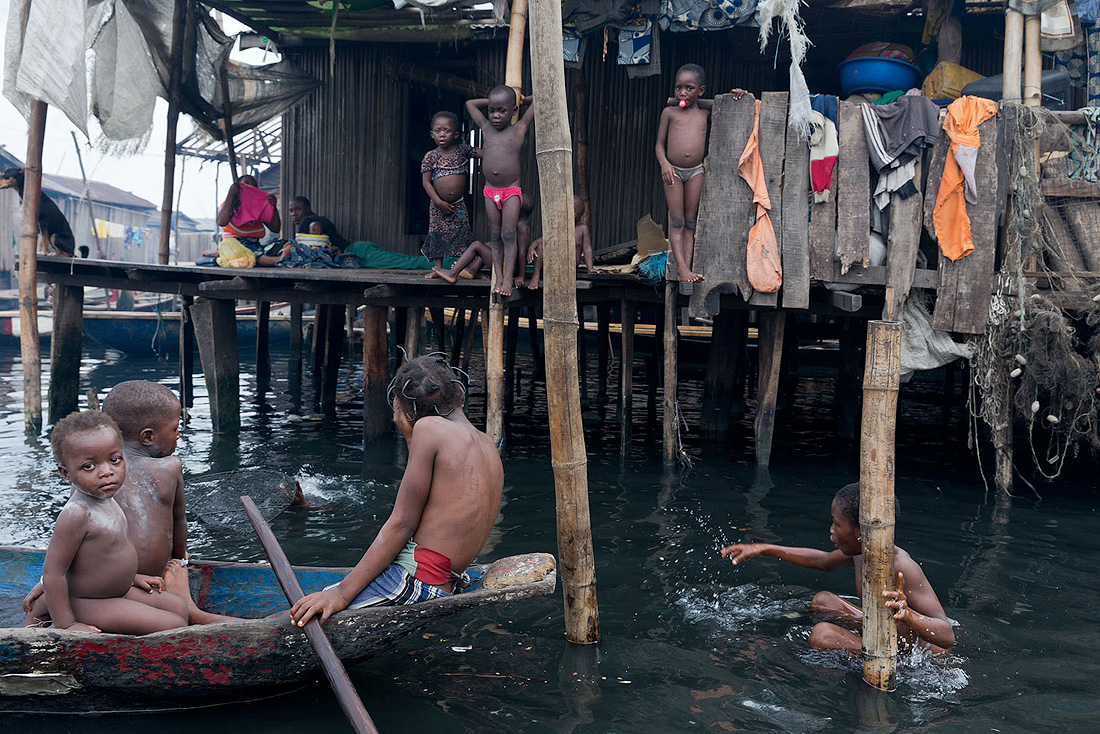
Human adaptability in Makoko
Makoko is both an example of Nigeria’s seemingly irrepressible population growth, and an incredible illustration of our human ability to adapt to seemingly inhospitable conditions.
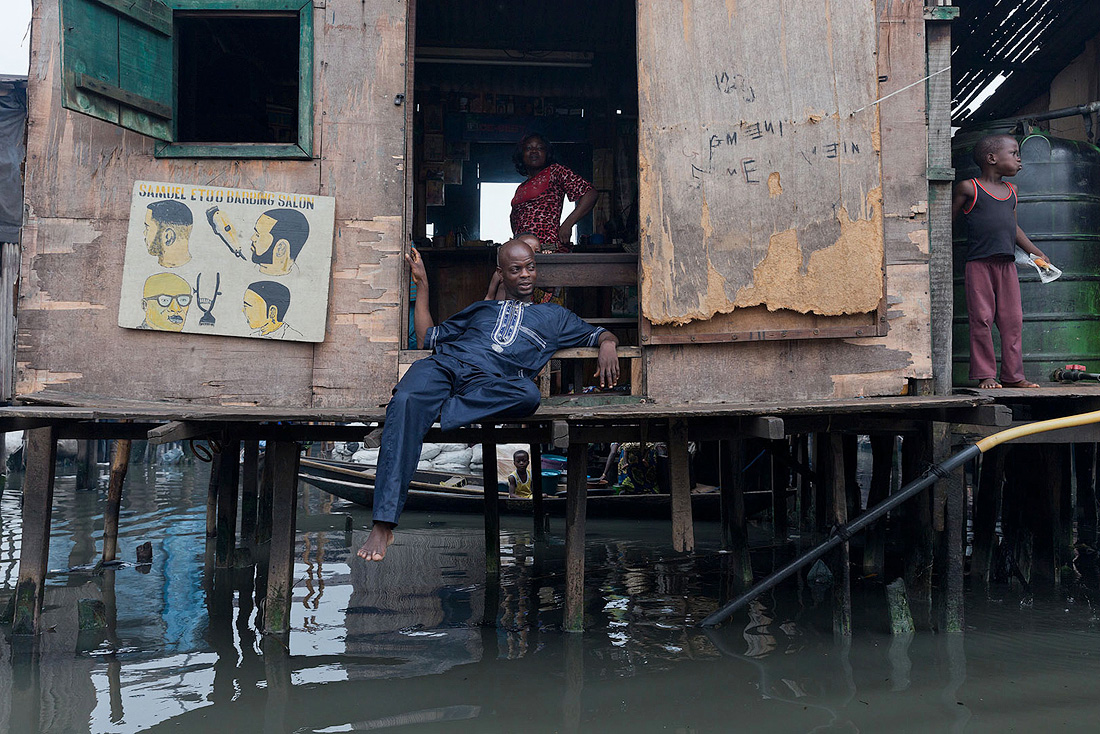
Life on the water
From the barbershop to the movie theatre, every aspect of life in Makoko has been adapted to meet the demands of life on the water.
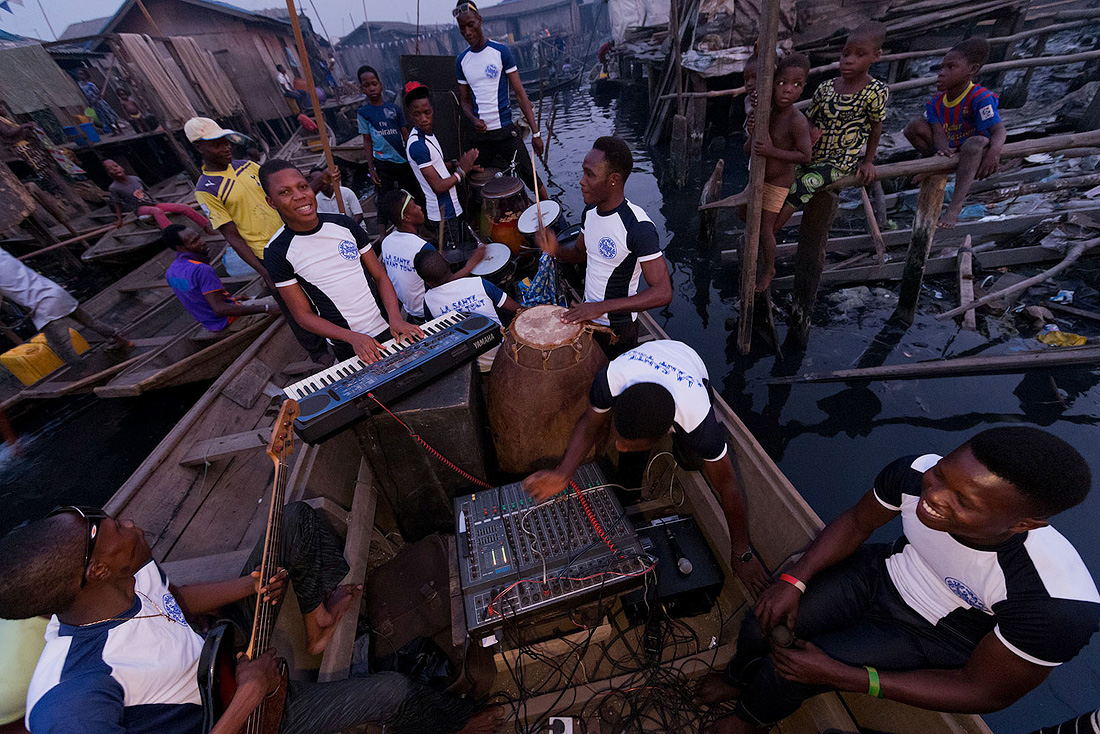
Floating, live music
Despite being a highly disadvantaged community, when it comes to good live music, the atmosphere in Makoko is quintessentially Nigerian. At any given time, you’ll find a band floating down the lagoon, for all of the community to enjoy.
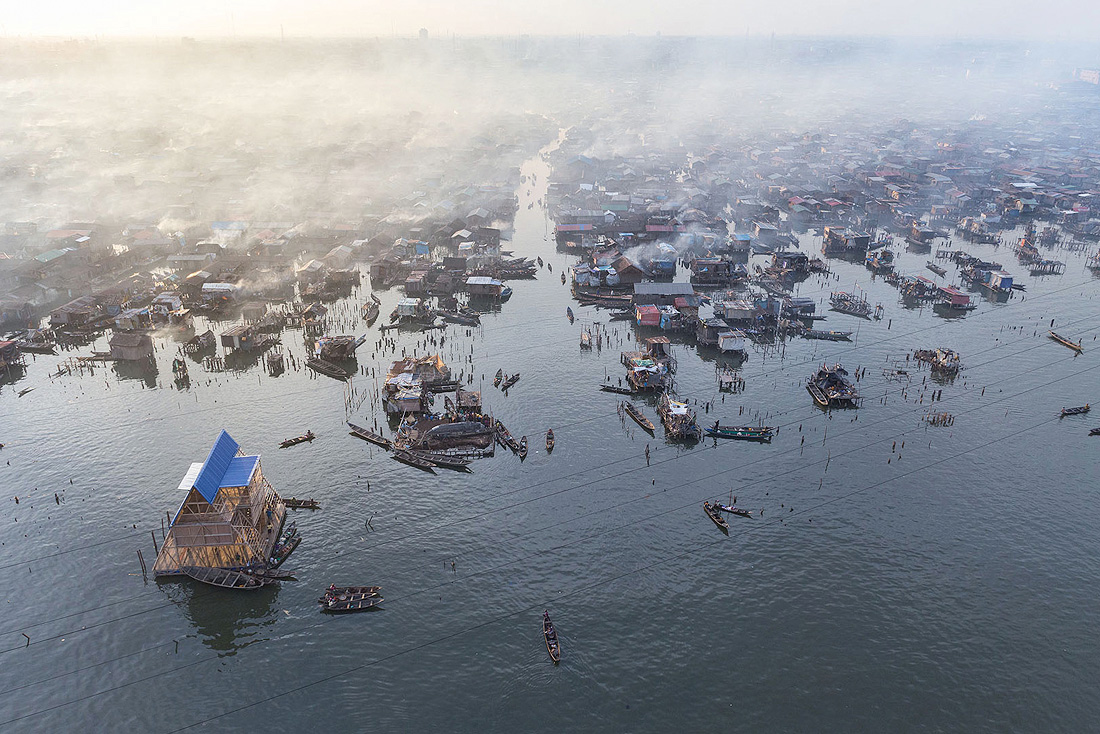
A community fighting eviction
In Makoko, forced evictions are a daily reality. In response to the government’s plan to clear out the area to make room for development, the Nigerian Architect, Kunle Adeyemi built a school for the children of Makoko. Today, the entire community uses the structure, and the building appears like a beacon against the landscape.
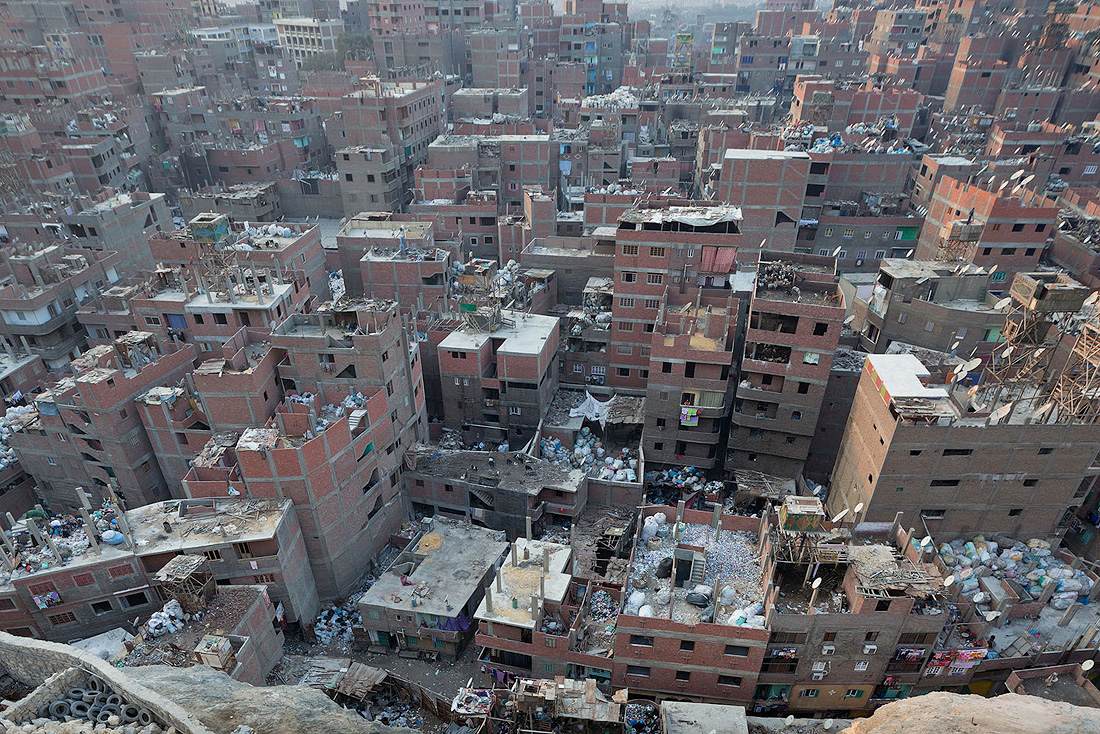
Meet the Zabaleen
Under the cliffs of the Mokattam Rocks one will find the Zabaleen – a community of Coptic Christians who make their living by collecting and recycling waste from homes and business across Cairo.
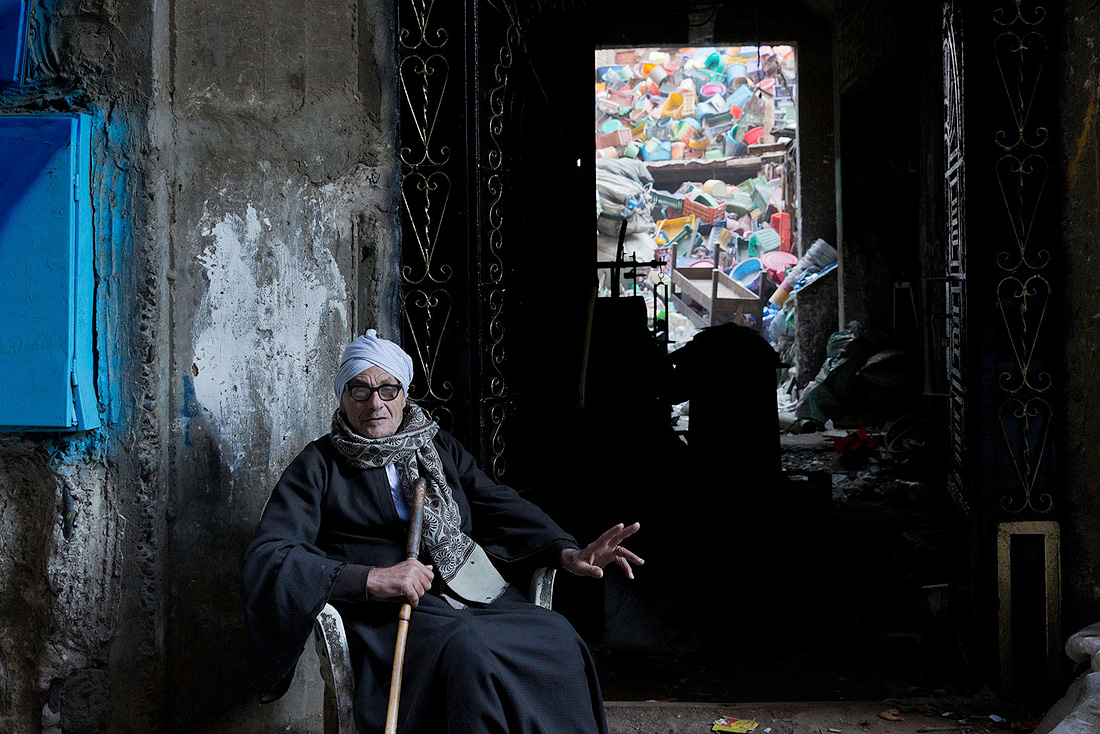
Those who take trash home
The collected waste is brought back home where it is sorted and crushed before being sent off to a third party. To those in the Zabaleen, the waste becomes nearly invisible, as living amongst piles of garbage is merely a new definition of normal.
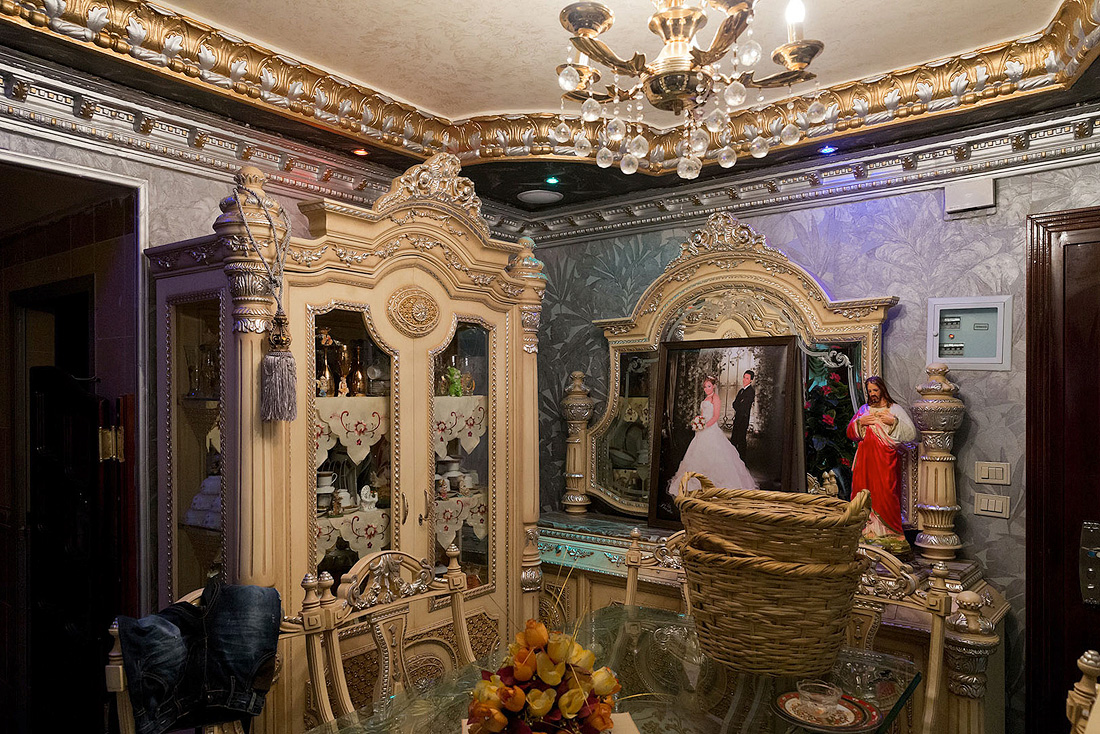
A wild sense of decor
On the street level, the area seems to be in complete disarray, but step inside one of the homes, and you’ll be met with all manner of elaborate interior design choices.
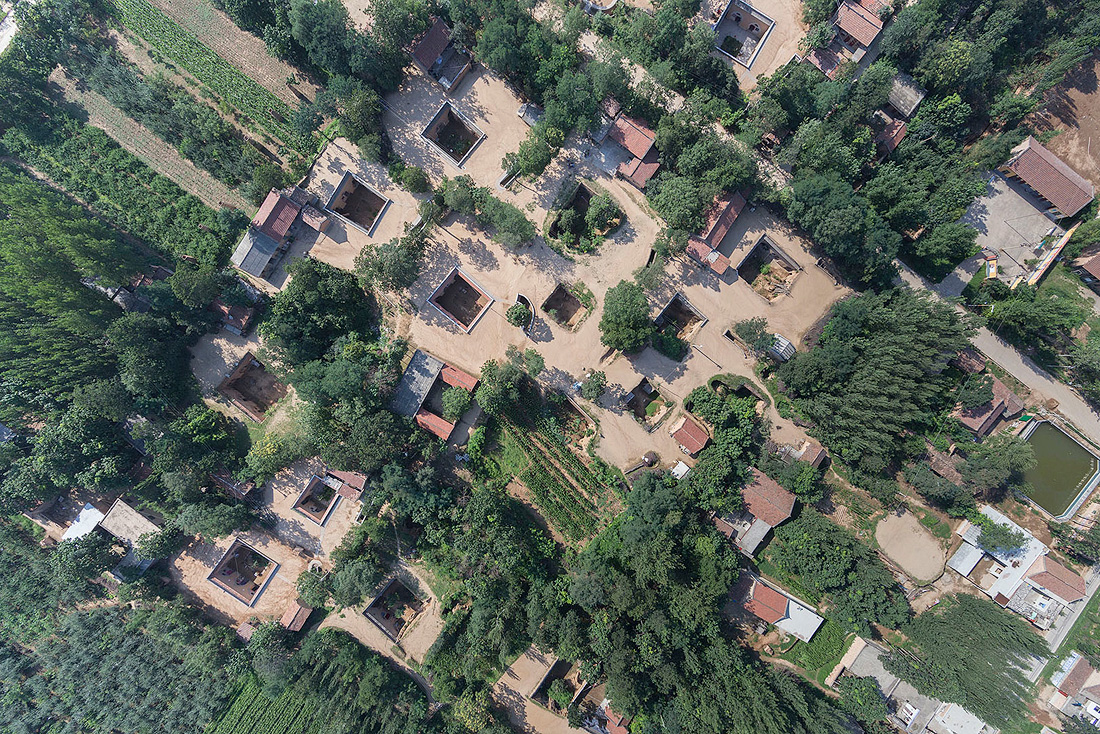
Homes dug into the earth
In the provinces of Shanxi, Henan and Gansu you will find collections of yadongs – underground cave dwellings that are dug out from the soft and malleable Loess Plateau soil. Up until the early 2000’s an estimated forty-million people still lived in sunken courtyard houses which sit seven meters below-ground.
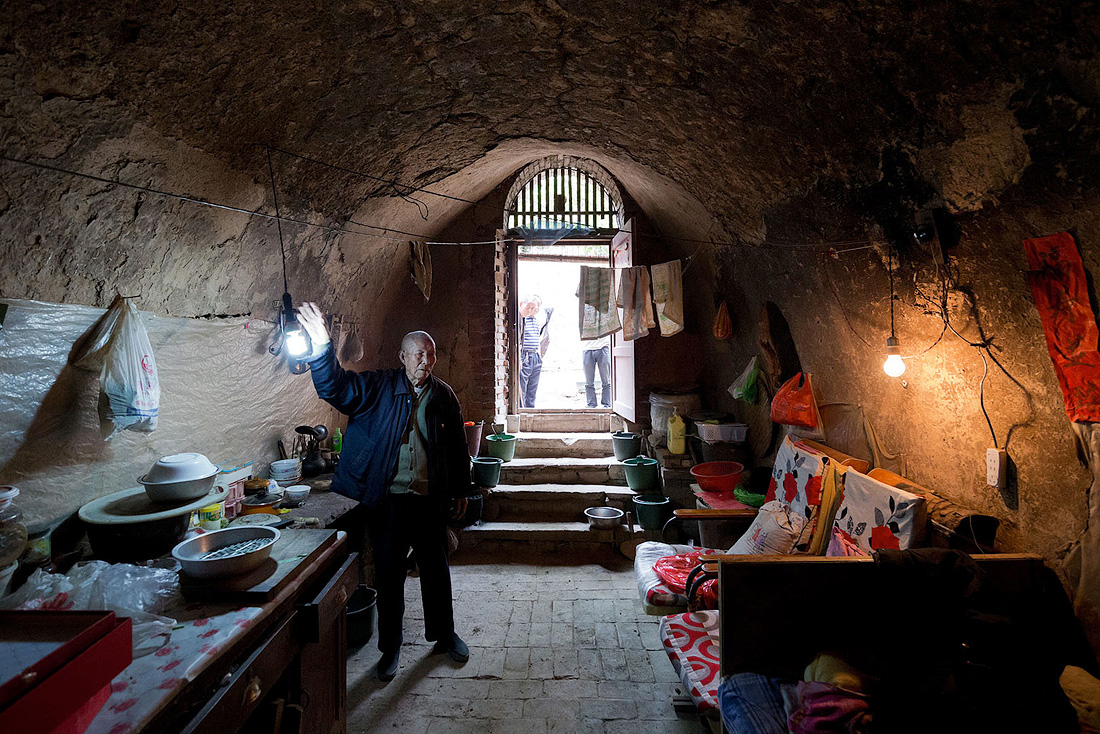
Home is where the heart is
For the poor farmers, building a yadong costs next to nothing – all one needs is a shovel and a few friends to dig the soil.
All photos courtesy of Iwan Baan.













